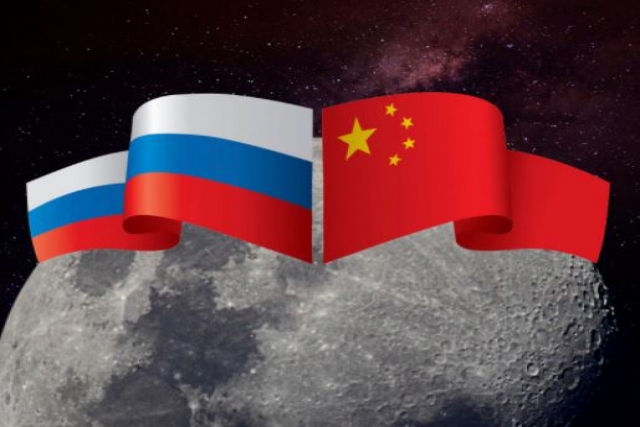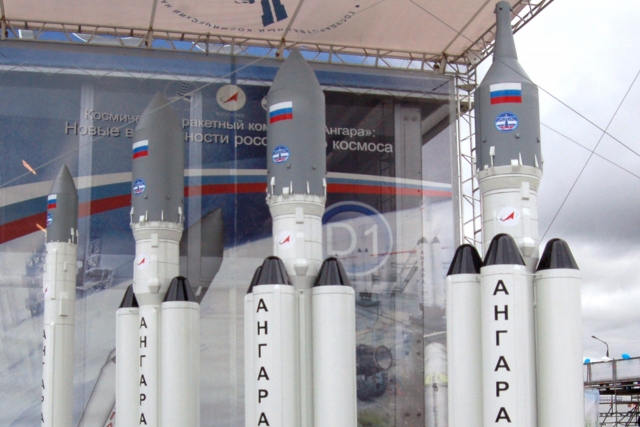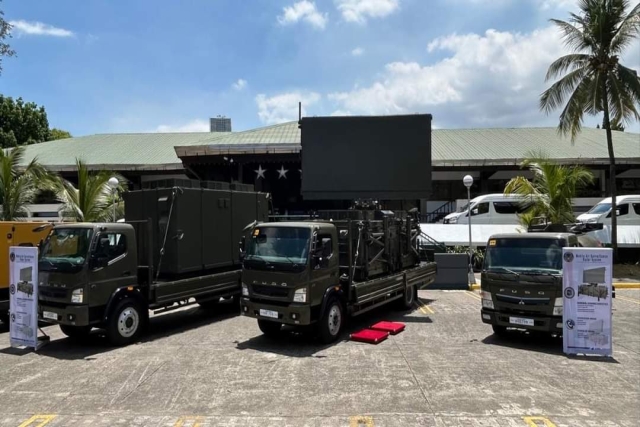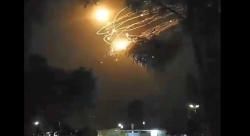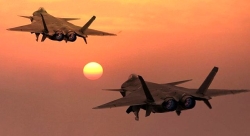Russia, China Reach ‘Oral’ Agreement on Integration of One-another’s Manned Space Launchers

Russian and Chinese Space agencies have reached an ‘oral’ agreement on the mutual integration of their manned spacecraft to the super-heavy launch vehicles of the two countries, Roscosmos executive director for science Alexander Bloshenko told Interfax.
"We have already had a verbal conversation about the possible integration of our super-heavy to their Chinese (space) ship and, conversely, their (space) ship to our super-heavy," Bloshenko said.
According to him, now the agreement is to be consolidated with protocols and “technical scientific conclusions.” He did not specify when the agreement would be signed.
On March 17, the head of the Russian space agency, Roscosmos Dmitry Rogozin was quoted as saying in the Russian media, "I do not exclude the possibility that, if there is political will, then it would be possible to adapt our ship to their missile (launch vehicle) and, conversely, their ship to ours," he said.
On March 9, Roskosmos reported that Russia and China signed a memorandum on the creation of an international scientific lunar station. In January, Roscosmos announced the withdrawal of the Russian side from the American lunar project Gateway.
On October 19, 2020, Rogozin said on Twitter that the Russian state corporation and the Chinese National Space Administration held a videoconference on bilateral cooperation, "including the lunar research program."
The 16 th round Russian-Chinese consultations on strategic security will take place tomorrow in Moscow, the Russian Security Council’s press service informed on Monday.
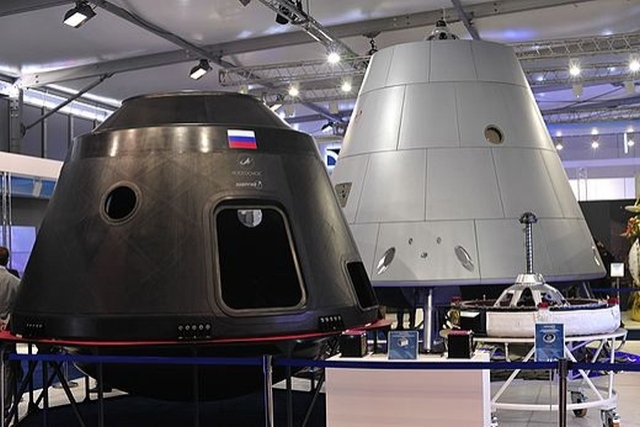
Currently, Russia is developing the reusable spacecraft, Orel whose first cflight without a crew is scheduled for 2023, with a crew - for 2025. The spacecraft is designed to deliver people and cargo to space stations in low-earth orbit, and is also one of the key elements of the existing concept of lunar exploration.
The ship's crew will be up to four people. In the autonomous flight mode, the ship will be able to stay for up to 30 days, while flying as part of an orbital station - up to a year. The total mass of the spacecraft when flying to the orbital station will be equal to 14.4 tons (19 tons when flying to the Moon), the mass of the reentry vehicle is 9 tons. The length of the ship is 6.1 meters.
